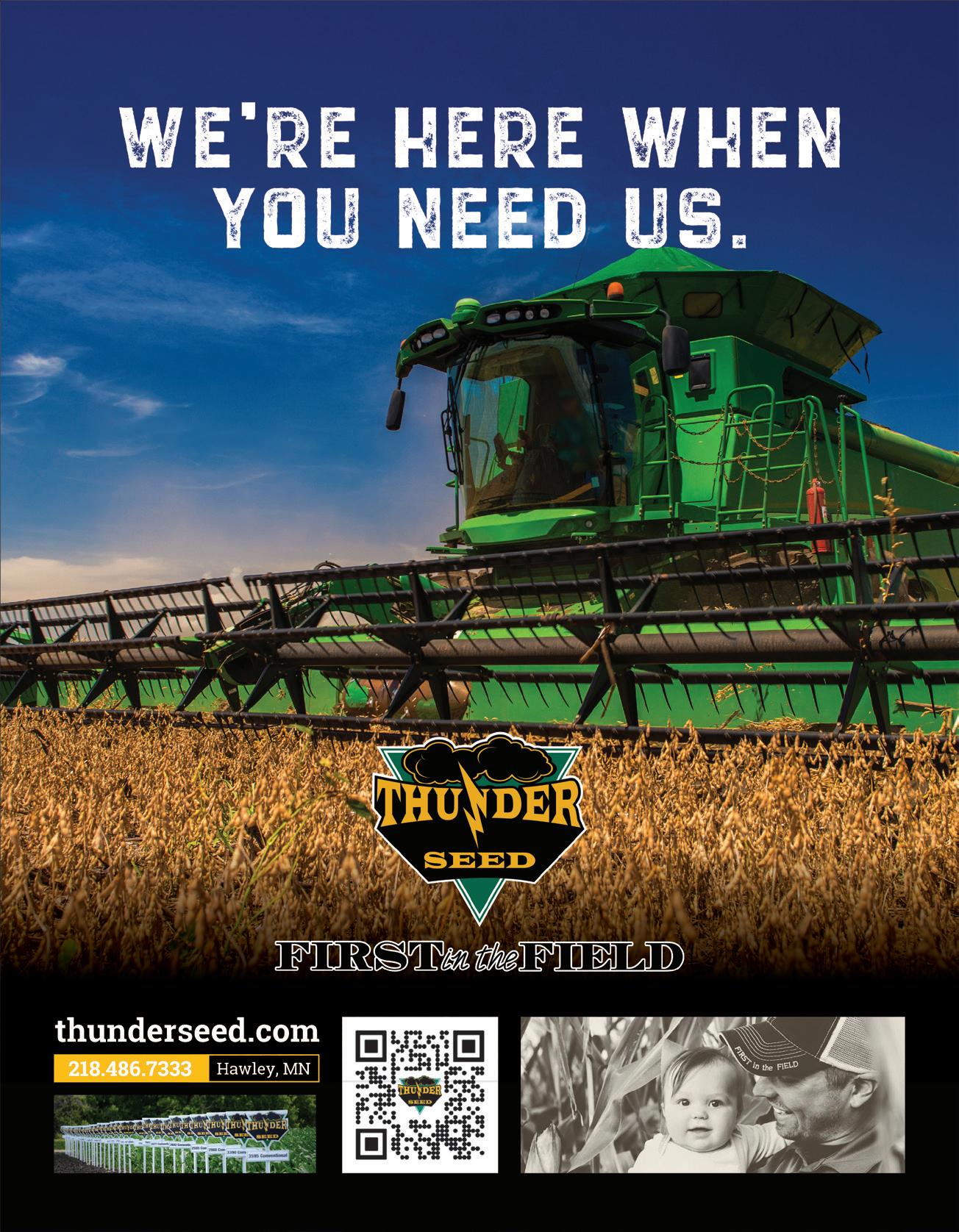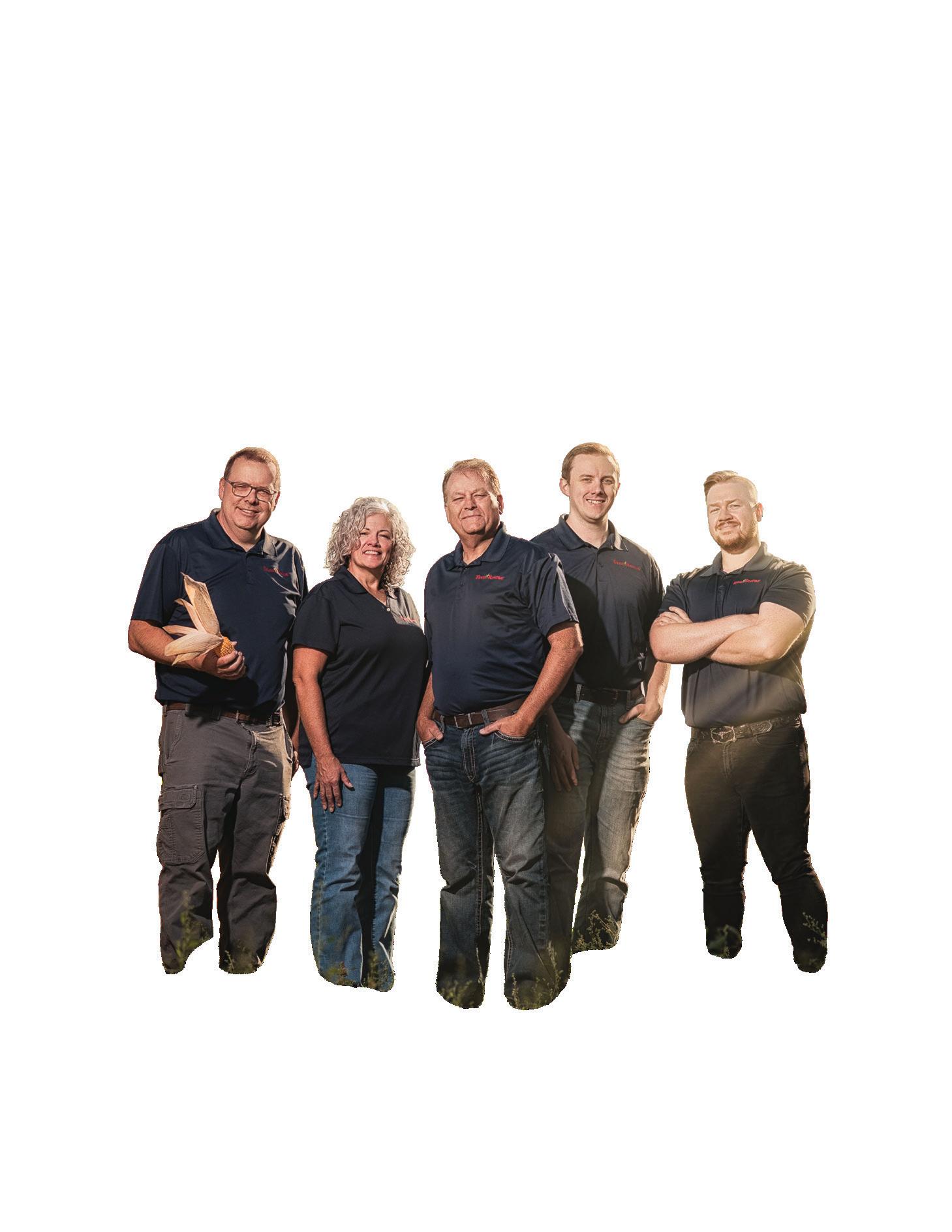



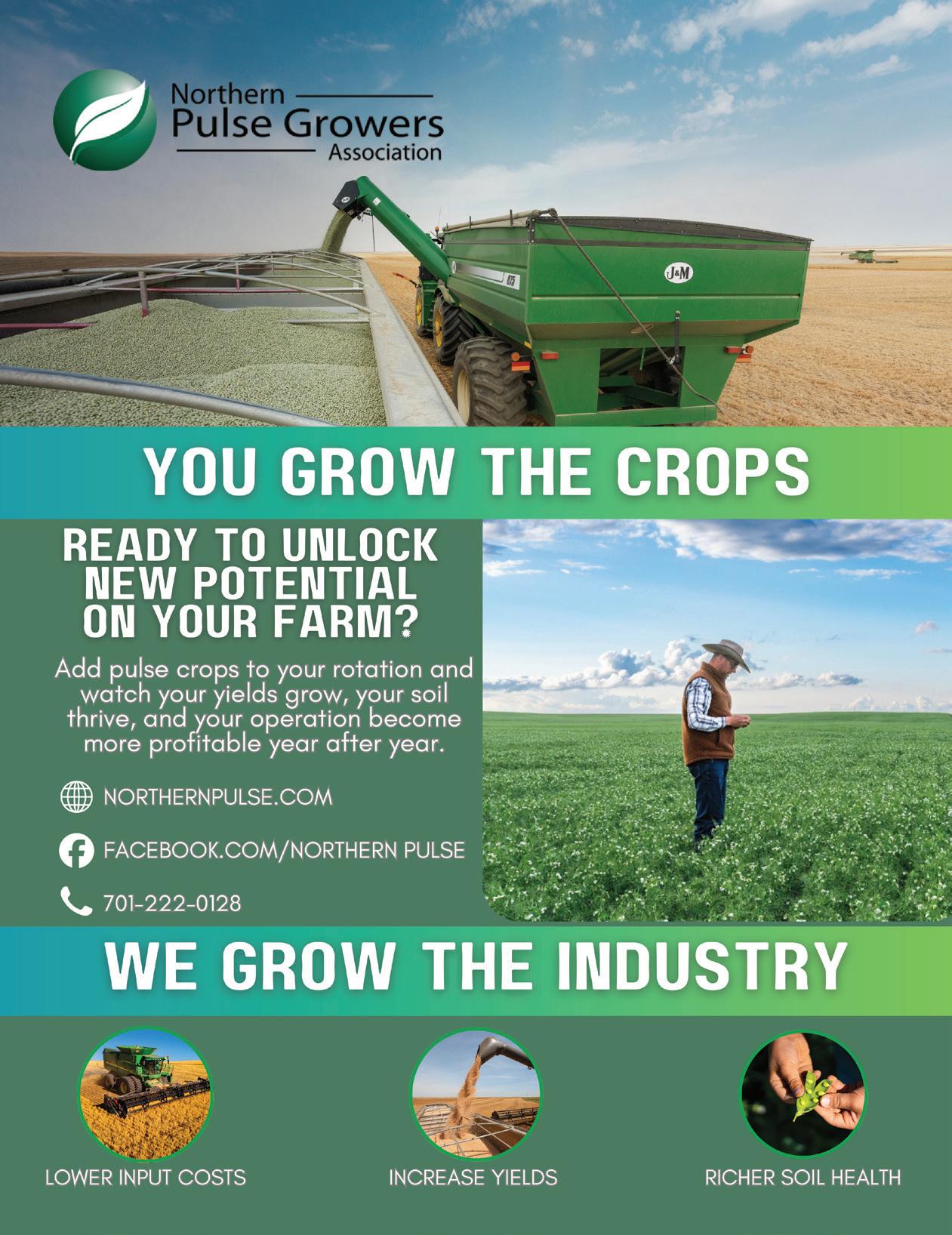
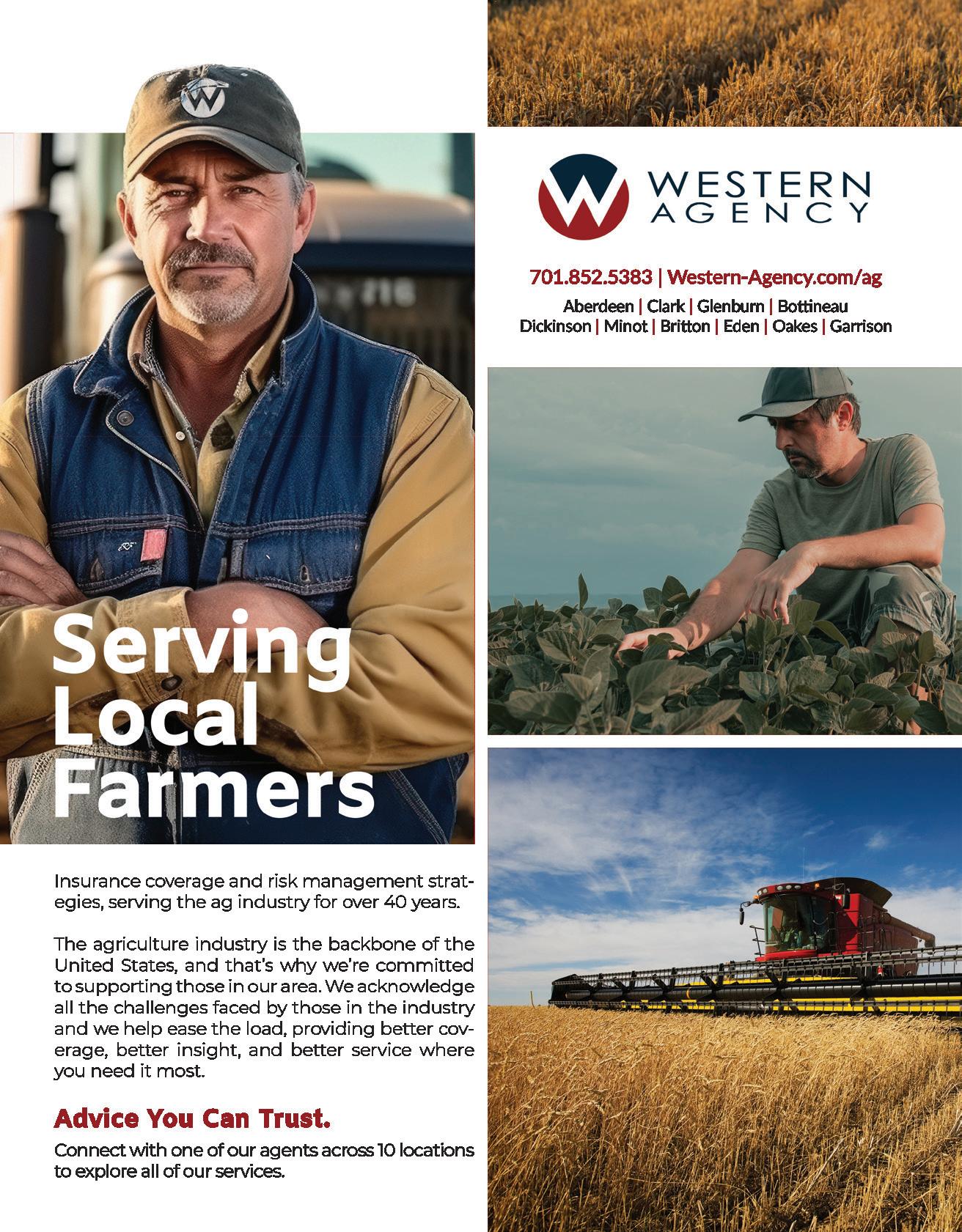









Tbreaks down during planting, or when a storm tears through the county, and people bring casseroles, chainsaws, and comfort without being asked. That same spirit is what drives Farm Rescue.
Founded in North Dakota, Farm Rescue is more than a nonprofit—it’s a living embodiment of rural compassion. When injury, illness, or disaster strikes, its volunteers roll in with combines, seeders, and trucks, not just to help harvest a crop or feed cattle, but to preserve a way of life. They bring relief to
families who’ve spent generations tending the same soil, ensuring that one bad year—or one unexpected tragedy—doesn’t end a legacy.
There’s something profoundly moving about that. In a world that often measures success by speed or scale, Farm Rescue reminds us that real strength lies in slowing down long enough to lend a hand.
Brady Drake Future Farmer Editor



Planting: Redefined
One App, Less Guess Work 2025 Field Trials And Startup Plots Thrive in Ag Marketing





Al
AustinCuka@SpotlightMediaFargo.com
Matt
ClientRelations@SpotlightMediaFargo.com Jessica Ventzke




















By Ryan Babb, Director of

Video Services,
our event is a unique opportunity to connect with your audience, and every detail matters. With multiple presenters, dynamic visuals, and a live crowd, how do you ensure that your message is delivered clearly and professionally?
At Livewire, our Video Technical Directors are the solution. They are the strategic leaders who expertly manage every technical element, providing a polished production.
In high-energy live event environments like concerts and dynamic keynote presentations, simply having a single camera pointed at the action isn't enough: you need someone who can confidently call the shots!
That's precisely what we do at Livewire. We are at the helm, calling every camera angle, every audio cue, and every graphic transition, ensuring that the entire production is perfectly timed and executed.
Our role extends beyond recording; we are masters of real-time

storytelling. We anticipate the flow of the event, predicting who will speak next, coordinating with our camera operators to capture the most impactful shots, and transitioning between wide-angle views, closeups, and on-screen presentations. This isn't just about documenting an event; it's about actively directing the narrative as it unfolds, ensuring your audience remains engaged and connected to every crucial moment.
Live events, by their very nature, can be unpredictable. Presenters might deviate from their script, the weather might interfere with travel plans, creating a need for a virtual presentation, or a presenter’s slide deck might throw an error.
This is where the value of a Livewire Technical Director becomes indispensable. We are constantly monitoring every aspect of the production, ready to troubleshoot, adapt, and make split-second decisions to ensure flawless execution. Our goal is to guarantee that the show goes on without a hitch, no matter what surprises


emerge. This proactive approach provides peace of mind, allowing you, the event organizer, to focus on your content and your audience, rather than getting bogged down in technical worries.
Furthermore, we are adept at managing multiple media sources simultaneously. From pre-recorded video segments and intricate graphical overlays to live camera feeds and even remote speaker integrations, we can expertly switch and blend these elements. This creates a dynamic and polished presentation that holds the audience's attention from start to finish. By handling all these technical elements we deliver a high-quality final product that is clean, professional, and ready for immediate use, whether for live streaming to a global audience or for post-event distribution.
Partnering with a Livewire Video Technical Director means investing in the success of your important events. When your big event day arrives, you can trust us to deliver!


BY BRADY DRAKE

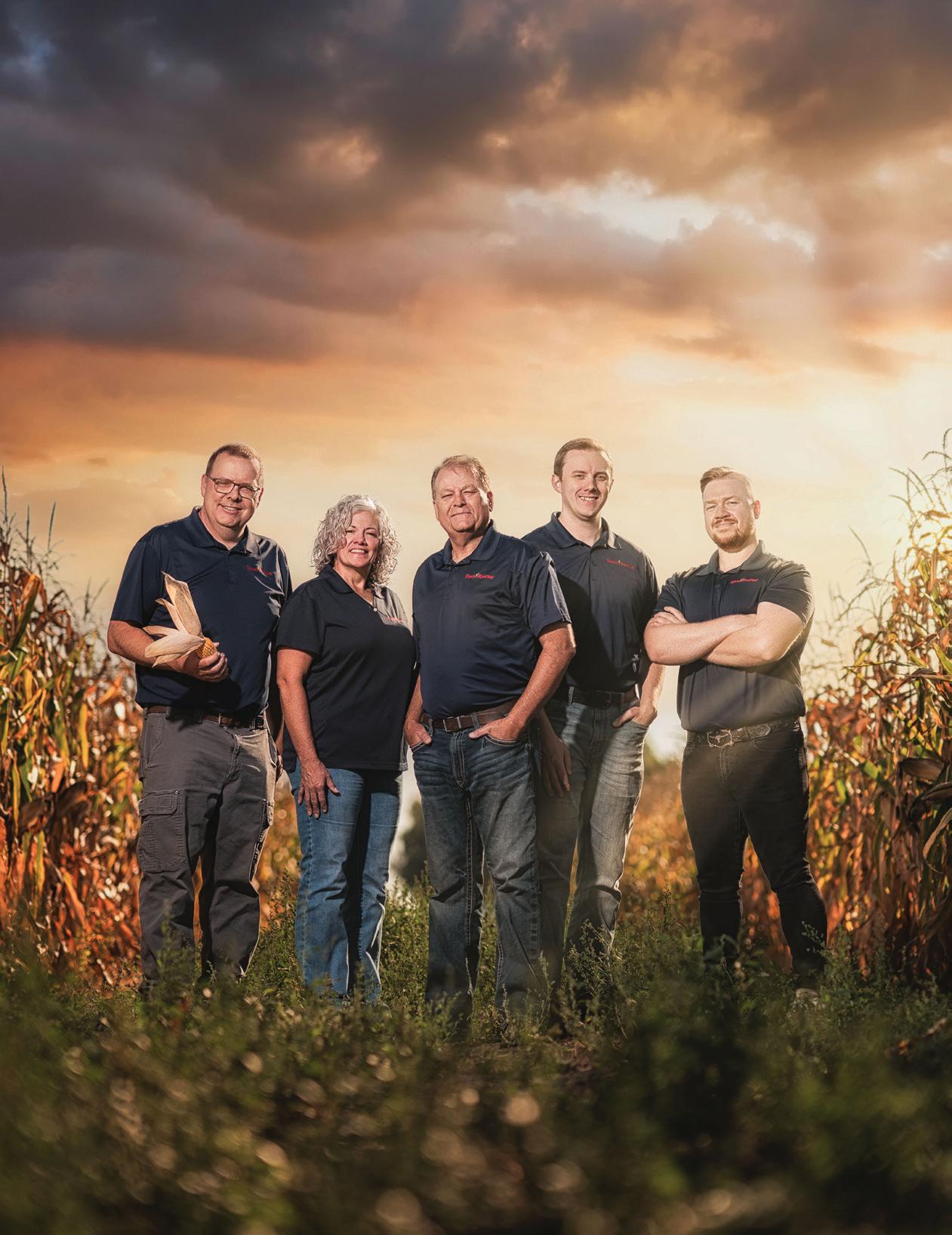
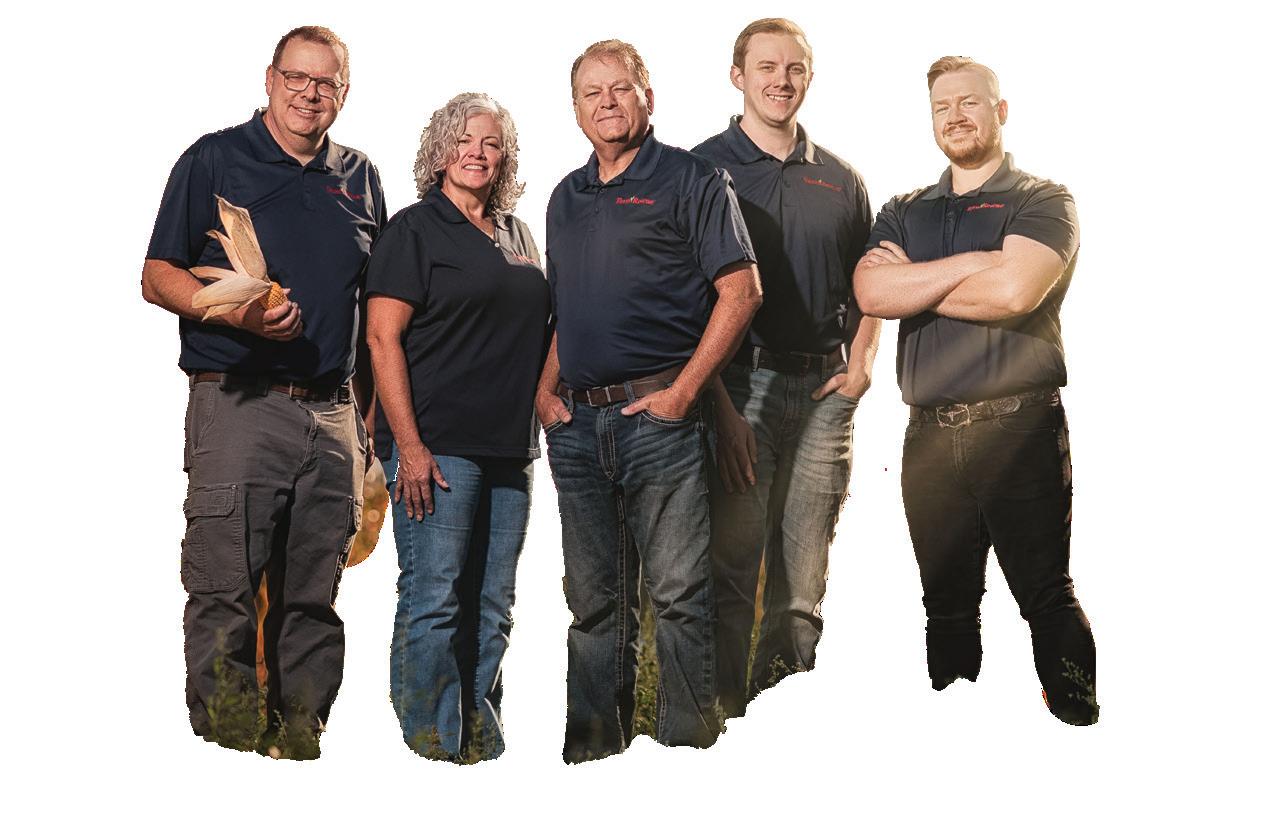
2005, a simple but powerful idea sprouted on the prairies of North Dakota. Bill Gross, a pilot from Cleveland, ND, wanted to find a way to help farm families during moments of crisis. He drew inspiration from the old tradition of neighbors rallying together—when a farmer fell ill or tragedy struck, dozens of combines might line up in a field, bringing in a harvest in a single day. It was community at its best, but one that was becoming harder to sustain as farms grew larger and rural populations thinned.
What Gross didn’t know at the time was that his idea would grow far beyond his hometown. Today, Farm Rescue is a multi-state nonprofit that
has helped more than 1,220 families across ten states, supported by over 2,500 volunteers since its inception.
Farm Rescue’s mission is to step in when farm and ranch families can’t. Whether it’s a cancer diagnosis, a heart attack, a broken bone, or a devastating wildfire, the organization brings in volunteers and equipment— at no cost to the family—to keep operations running.
“Most of the time, we’re protecting livelihoods while someone is recovering from illness, injury, or natural disaster,” Farm Rescue

Executive Director Tim Sullivan said. “We’re not out helping the guy with six combines. We’re focused on the midto small-sized operators, the ones who might have a son or daughter helping but don’t have a backup plan.”
Farm Rescue caps its assistance at 1,000 acres per planting or harvest season, a substantial but manageable threshold that ensures resources stretch to as many families as possible. And they move fast. According to Sullivan, on a typical day, multiple emergency requests come in.
“This morning we had four new cases. One farmer broke his back getting off a tractor, another was rushed into surgery," Sullivan said.
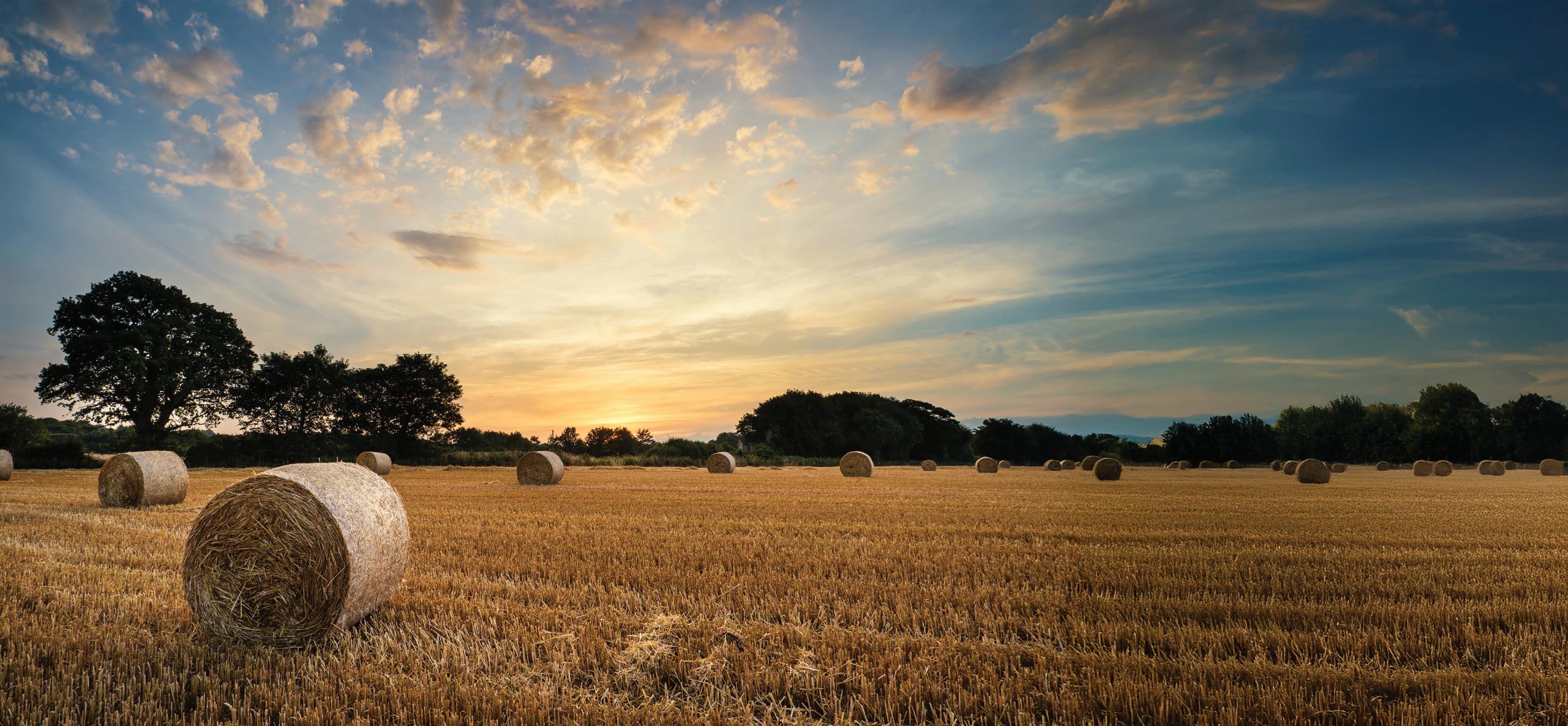
Though its roots are in Jamestown, ND, Farm Rescue now operates across a wide swath of the Midwest and Great Plains, including Minnesota, South Dakota, Iowa, Kansas, Illinois, and beyond.
“In North Dakota, everyone knows who we are. Outside of that, we’re still introducing ourselves,” Sullivan said. That challenge requires ongoing

marketing, outreach, and brand recognition campaigns—efforts powered not just by goodwill but also by partnerships with major industry players like John Deere and agricultural supply companies.
Farm Rescue thrives because of its volunteers—a network of more than 300 active participants, with 250 typically deployed in a busy year.
They come not just from the Dakotas or Minnesota, but from every state in the U.S.
“We’ll have dual teams, day and night, running equipment because our schedules are so tight,” Sullivan said. “Sometimes volunteers are out there until midnight. Other times, we need people who can simply bring food, swap out drivers, or talk with families. Every role matters.”
“MY DAD BROKE HIS BACK DURING WHEAT HARVEST. FARM RESCUE WAS IN OUR FIELD TWO DAYS LATER. WE WOULD HAVE LOST THE CROP WITHOUT THEM.”
- FARMER TESTIMONIAL
EQUIPMENT OPERATORS
Run combines, tractors, balers, or trucks.
SUPPORT CREW
Deliver food, swap out volunteers, assist on-site.
EVENT HELP
For families in need, the process begins with a simple online form at farmrescue.org. Under the tab “Family in Crisis,” applicants answer just a handful of questions: who they are, what happened, and what kind of help they need. From there, the Farm Rescue operations team takes over.
The vetting process is deliberate but fast, and staff request medical
documentation if illness or injury is involved. Once approved, a field visit follows—mapping the land, confirming acreage, and preparing detailed notes for incoming volunteers.
The turnaround time can be stunningly quick.
“A wheat harvest request came in this morning. We vetted it, approved it, and our crews will be in that field two days later," Sullivan said. "That’s how quickly we can pivot.”


Staff booths at shows like Big Iron, talk to the public.
OUTREACH & ADVOCACY
Share the mission, connect families in crisis with Farm Rescue.
REMOTE SUPPORT Communications, marketing, fundraising help.
"WE DON’T HAND OUT MONEY OR DO EVERYTHING OURSELVES, BUT WE MAKE SURE FAMILIES ARE LINKED TO THE RIGHT PROVIDER WHO CAN GUIDE THEM THROUGH LONGER-TERM RECOVERY.”
- TIM SULLIVAN
Farm Rescue Development Officer

While Farm Rescue’s mission is firmly rooted in keeping farms running, the organization increasingly finds itself on the front lines of the mental health crisis in agriculture.
"A mental health crisis may not be as visible as an arm in a sling or cast, yet it can be equally debilitating," Field Operations Manager - Northern Plains Region Luke Benedict said. "Farm Rescue strives to ease the stress of

urgent tasks—whether that means planting, harvesting, or making and hauling hay."
To bridge this gap, Farm Rescue partners with programs like NDSU Extension, AgrAbility, and national organizations such as the Farm Foundation. These groups provide ongoing support that goes beyond Farm Rescue’s immediate scope.
“We don’t hand out money or do everything ourselves,” Sullivan said. “But we make sure families are linked to the right providers who can guide
them through longer-term recovery.”
In many cases, these services are free to the family, thanks to voucher programs or state-supported initiatives. For Farm Rescue, it’s another way of honoring the spirit of “neighbor helping neighbor,” updated for today’s rural realities.


THEY DIDN’T JUST HARVEST OUR SOYBEANS. THEY SAT WITH US, LISTENED, AND CONNECTED US TO COUNSELING WE DIDN’T KNOW EXISTED.”
- FARMER TESTIMONIAL
For all its impact, Farm Rescue operates on a relatively lean budget of about $4.5 million annually. That money covers everything from fuel and equipment transport to volunteer

coordination and outreach. Much of it comes from a blend of cash and in-kind partnerships with agricultural companies, as well as direct donations from individuals who believe in the mission.
Still, fundraising remains Farm Rescue’s greatest ongoing challenge. “We can’t do anything without money or partners,” Sullivan said. “Volunteers and equipment only go so far—we need the financial backing to keep them moving.”
FOUNDED: 2005 IN JAMESTOWN, ND
FAMILIES HELPED: 1,220+ STATES SERVED: 10 TOTAL VOLUNTEERS SINCE FOUNDING: 2,500+
ACTIVE VOLUNTEER REGISTRY: 300+
VOLUNTEERS USED IN A BUSY YEAR: 250+
ANNUAL BUDGET: $4.5 MILLION
ACREAGE CAP PER FAMILY: 1,000 ACRES

One of the nonprofit’s biggest lifelines has been Giving Hearts Day, an annual day of giving across North Dakota and northwest Minnesota organized by Dakota Medical Foundation. Farm Rescue has participated since 2015, usually bringing in modest but meaningful donations. Then, in 2024, everything changed.
The organization secured a $500,000 matching gift and set an ambitious goal to raise $1 million
in a single day. The community responded in force. By the end of Giving Hearts Day, Farm Rescue had raised $1.3 million, making it the third-highest recipient among hundreds of charities.
“It wasn’t about the ranking—it was about what that money represents,” Sullivan said. “It showed us that people believe in what we’re doing. They see the value of helping families in crisis, and they trust us to deliver.”


FIRST YEAR PARTICIPATING: 2015
BREAKOUT SUCCESS: 2024
MATCHING GIFT: $500,000 GOAL: $1 MILLION
ACTUAL RAISED: $1.3 MILLION
RANKING: #3 CHARITY OVERALL

As Farm Rescue looks toward the future, the mission to provide timely, practical help to farm and ranch families in crisis remains unchanged. But the scope continues to grow.


The organization plans to expand its presence in states where its name isn’t yet widely recognized, and recruit even more volunteers from diverse backgrounds.
At the same time, the challenges of modern agriculture loom large. Farms
are bigger, equipment is more complex, and rural isolation is deeper than ever. In that landscape, Farm Rescue represents not just a safety net but a lifeline—a modern expression of the timeless principle of neighbor helping neighbor.
“VOLUNTEERING WITH FARM RESCUE WAS THE MOST MEANINGFUL WEEK OF MY YEAR. IT’S NEIGHBOR HELPING NEIGHBOR ON A WHOLE NEW LEVEL.”
- VOLUNTEER TESTIMONIAL
For many of the families Farm Rescue serves, the stakes couldn’t be higher. Missing a harvest or a planting season can mean the loss of a farm that has been in the family for generations. Beyond the economics, it’s about dignity, community, and survival.
“We’ve helped more than 1,200 families in 20 years,” Sullivan said. “But every single one of them reminds us why we exist. It’s about keeping people on the land, keeping hope alive, and making sure no one has to go through a crisis alone.”
IT’S ABOUT KEEPING PEOPLE ON THE LAND, KEEPING HOPE ALIVE, AND MAKING SURE NO ONE HAS TO GO THROUGH A CRISIS ALONE.”
- TIM SULLIVAN Farm Rescue Development Officer


Visit FARMRESCUE.ORG or scan the QR code

Click the “NEED HELP” button

Fill out a short form (7–8 questions) with contact info and a description of your situation
Farm Rescue staff review and verify details (medical, community references, acreage mapping).
Once approved, crews are dispatched—often within days!
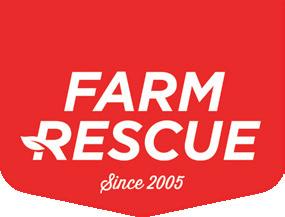



By Emily Harmon, Content Marketing Professional, Precision Planting
hen it comes to planting, your accuracy and performance really boil down to three main things: cleaning, creating, and closing the furrow
At Precision Planting, we call these the three C’s of emergence. Emergence is driven by air, moisture, and temperature, and how we manage these factors affects uniformity. It's vitally important to set your planting systems up and manage those systems correctly so you don't have late-emerging plants.
Residue can be a big challenge for even emergence, which is why row cleaners are so important. They are the first part of the row unit to engage with the furrow, clearing a clean path for planting. A clear furrow helps prevent residue from pulling moisture away from the seed, which can lead to late emergence. It also helps maintain proper soil temperature and reduces disease risk later in the season.
Reveal is a frame-mounted row cleaner, designed to remove its impact on the row-unit. With its own internal gauge wheel and treader wheels, Reveal precisely controls the depth of the cleaning tines to create a consistently clean and ideal seeding environment for even emergence to occur.
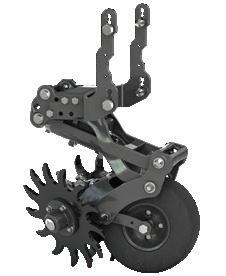


Not all row cleaners are created equal, so evaluating the performance of your current system can help ensure you’re giving each seed the best placement in a clean furrow.
So, what's the best way to gauge how well they are working? Put them to the test!
At the Precision Technology Institute (PTI), we’ve compared the absence of row cleaners and floating row cleaners to Precision
Planting’s Reveal system. In this 2024 study, we compared the absence of row cleaners and floating row cleaners to that of Reveal at a notch 1 and 20 PSI setting in corn.
Reveal at 20 PSI down (compared to the control of 100% lift1) provided the highest yield gains, with a yield increase of 2.9 Bu/A, and a corresponding return on investment of $11.83/A. Floating row cleaners realized a 1.7 Bu/A gain to that of the control.
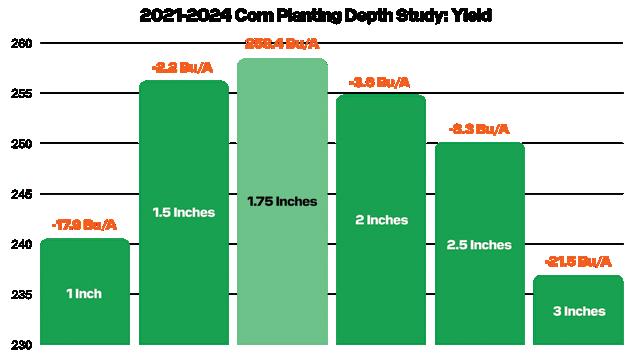

2. Create
Many variables are needed to create the perfect seed trench, but the two most important are planting depth and soil moisture. Seed firmers and downforce control can help overcome these challenges and ensure that each seed has the right conditions to germinate and emerge uniformly.
Our PTI research over the last four years has revealed that a true depth of 1.75” has seen the highest yield for corn at an average of 258.4 Bu/A.
Knowing where the soil moisture line is can be challenging, especially with variability across the field. With solutions like SmartDepth and SmartFirmer, you can not only measure and find the moisture line but also manually adjust planter depth from the cab with the 20|20 monitor.
Closing wheels are the final piece of the row unit that touch the furrow. The job of the closing system is much easier with a properly managed planter that cleans and creates
upfront. Ideally, there is a perfect balance between the moisture and air within the soil profile.
The closing system has two jobs:
1. Eliminate sidewall compaction.

2. Press out the air pocket to reset the soil density layer and retain moisture.
Setting your closing system correctly is tough. Today’s technology makes it easier.
FurrowForce is a two-stage closing system that adapts to varying planting conditions to remove air pockets and firm soil to retain moisture, giving you confidence that your crops will germinate the best that they can. FurrowForce can be configured as a manual2 or automated3 system and has three wheel options.
A comparison of the strip-till and vertical-till data.
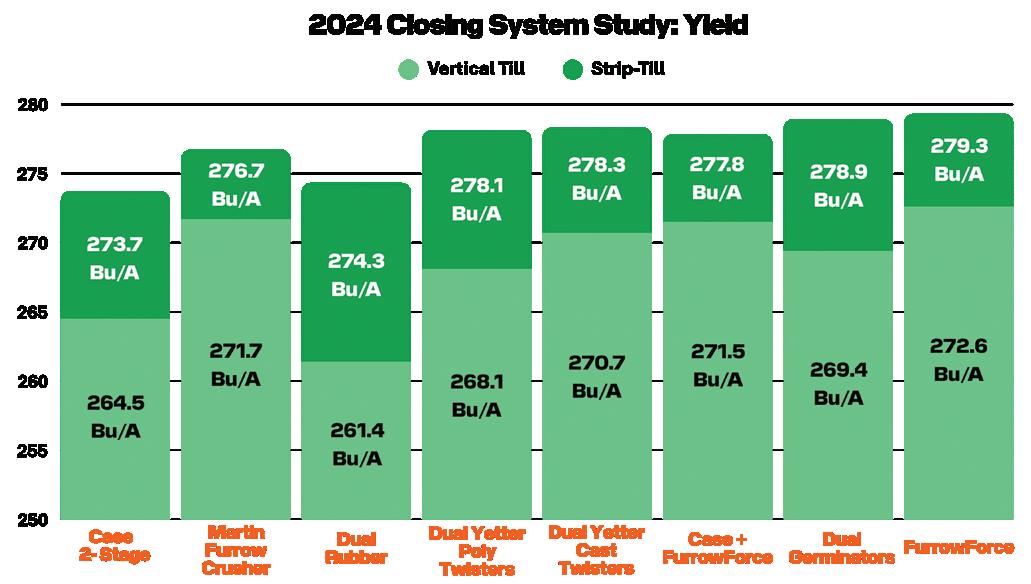
Over the last seven years, we tested the performance of non-sensing single-stage and two-stage automatic sensing closing systems in four different tillage practices: conventional, strip-till, vertical-till, and no-till.
Automated FurrowForce outperformed all other closing wheel systems in every tillage environment. In 2024, the FurrowForce two-stage manual closing system resulted in average yield gains of +3.9 Bu/A
Make the Precision Decision.
Promotions are running now through Sept 30th for the purchase of Reveal, FurrowForce, SmartDepth and SmartFirmer products. Visit precisionplanting.com/ precisiondecision for more information.
and additional revenue of +$16.31/A across all tillage environments.
The clear advantage for FurrowForce occurred in reduced tillage environments such as no-till and vertical tillage with average yield gains of up to +4.5 to +6.0 Bu/A with increased revenue of +$18.16 to +$24.54/A, clearly indicating that in tougher closing situations, a more robust system is needed to effectively close the furrow.
The highest yielding fields are a
result of consistent emergence. The goal is for plants to emerge as uniformly as possible in the first 12 hours. The clock starts when the first plant emerges. Research agronomists at the PTI farms routinely do emergence flagging trials to test this theory, with harvest results showing that yield loss increases further with every 12-hour increment.
With a complete system that cleans the row, creates an ideal furrow and closes it properly, you’ll be equipped for on-time emergence and maximum yield potential.

1. 100% lift refers to row cleaners that have physically been lifted high enough above the ground that they no longer engage in cleaning the furrow.
2. A manual system refers to closing wheels that need to be adjusted by the operator. The weight carried by the wheels is also determined by the operator and manually adjusted.
3. An automated system refers to closing wheels that contain a load pin that senses the weight on the stitch wheel to automatically apply the correct amount of force to maintain a certain amount of downforce.
All images, including charts, are owned by Precision Planting with print rights to Future Farmer Magazine.


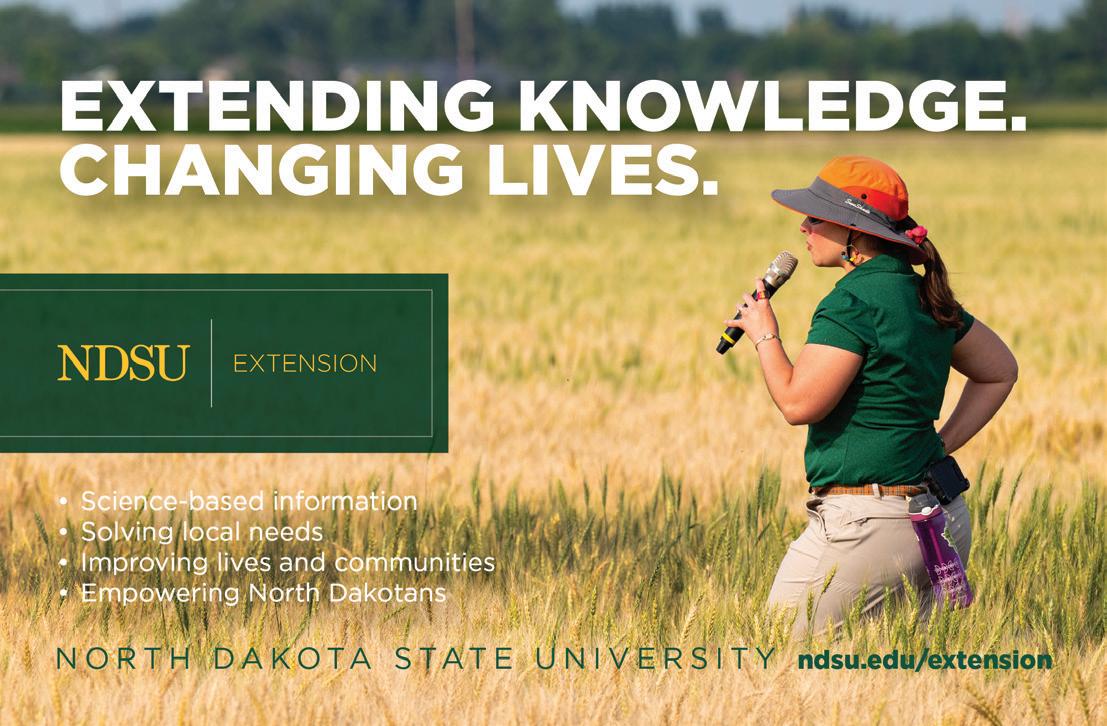


By Brady Drake

very morning starts with the same list of questions on the farm: Can I spray today?
What’s the market doing? How much is left in the bins? Did the agronomist check the west quarter? Until now, those answers lived across a dozen apps, websites, and texts.
QA Farmer, launched recently at the Big Iron Farm Show, pulls the essentials into one place—weather you can act on, side-by-side elevator bids, bin inventory, and a direct line to your agronomist.
“It doesn’t do anything I couldn’t get somewhere else, but QA Farmer organizes it all under one umbrella and makes my day a lot easier,” said Matt, a North Dakota farmer. “Just like when the iPhone first came out…putting it all together in one place changed how I worked.”
In agriculture, decisions stack up fast: A twohour spray window, a dime move in the basis, or a fast-building storm can swing margins. QA Farmer is built to shrink the time between question and answer.
Field-ready weather: Hourly and daily forecasts with wind speed, direction, and simple green/red spray windows at-a-glance.
Grain market snapshots: Track multiple local elevator bids and futures side-by-side, set price alerts, and compare cash and basis changes without bouncing between apps.
Bin inventory without the notebook: Log crop, location, and volume; filter by commodity to see what’s truly on hand.
Advisor connection (coming): If your agronomist uses FarmQA, scouting and recs will pipe straight into the app, with tasks you can mark done.
“I like that QA Farmer gives me rain and hail alerts, and it saves me from clicking through five different apps to track grain markets,” said Anthony, another North Dakota farmer. “Having it all in one place is a big time-saver.”
CEO Kris Poulson has spent his career building ag software for big names— and grew up on a North Dakota farm. He took the FarmQA helm around 18 months ago with a simple observation: lots of agtech is designed around companies, not producers.
"We knew we needed to help farmers in a different way," Poulson said. “We talked with more than 50 farmers and worked closely with 15 farm families while building QA Farmer. They told us what to include and what to skip. Big buttons. No fluff. Fast answers.”

FarmQA’s roots help. The Fargo-based company’s agronomy platform is used by more than 500 organizations, touching roughly 40 million actively scouted acres. QA Farmer extends that ecosystem to the grower’s pocket.
Launch details
Price: Free 30-day trial; then $99/year or $9.99/month (no card required for trial)
Platforms: iOS & Android
Website: QAfarmer.com

We talked with more than 50 farmers and worked closely with 15 farm families while building QA Farmer. They told us what to include and what to skip. Big buttons. No fluff. Fast Answers.”
- CEO Kris Poulson

“Can I spray?”
QA Farmer strips forecast bloat down to the variables that matter in a sprayer cab: hourly wind speed, wind direction, temperature, and humidity— summarized as green/red spray windows you can spot in seconds. For planning beyond the week, the longrange view projects out to 180 days.
“We circled June 20 two months ahead for significant rain and wind, and it hit the day and nearly the amounts,” CEO Kris Poulson said. “It won’t say ‘tornado,’ but the signal is there. It’s eerie how often it nails the big stuff.”
Poulson estimates long-range accuracy in the 65–70% range—not gospel, but useful signal when you’re sketching crop plans or scheduling labor.
Pick the local elevators you actually sell to and see cash bids (and futures alongside them) in one screen. Set price alerts so you’re nudged when targets hit—at open, mid-day, closing, or whenever a move crosses your threshold. A coming update will highlight basis changes so you don’t miss a quiet shift that widens or closes your best option.
Replace the notebook (or the back of a seed tag) with a structured, filterable bin inventory. Log commodity, location, and volume; view totals by crop; and know what’s truly unsold.
“I use QA Farmer just for our seed beans,” said Pat, a North Dakota farmer. “Our grain cart scale tells us what went in; the app tells us exactly which bin it’s in — no digging through notebooks."

If your agronomist uses the FarmQA agronomy platform, the next tab to land in QA Farmer will pipe scouting reports, recs, and tasks right to your phone—and let you mark them done, creating a clean spray record looped back to your advisor. FarmQA expects this to roll out before its annual customer conference in midNovember.
“Having everything in one app is a big deal when you’re busy,” said Corey, a North Dakota farmer. “It already feels like something I’ll use every day.”
5:45 a.m. Coffee and the spray window view. Morning looks green from 8–10 with winds under 10 mph from the NW.
6:10 a.m. Tap Markets — Maple River, CHS, and Arthur Companies are side-by-side. Corn is flirting with your price target alert; you bump the target a nickel and wait for a text alert.
11:40 a.m. Rain cell builds on radar by north farm; your phone buzzes with a rain alert. You shift your days field activities to the south farm.
3:30 p.m. Elevator hits your cash price alert. You move 8,000 bu from two bins—easy to split because your inventory screen shows which bins you hauled out of.
8:15 p.m. Tomorrow’s long-range forrecast shows a narrow spray window at dawn; you line up water truck and labor accordingly.
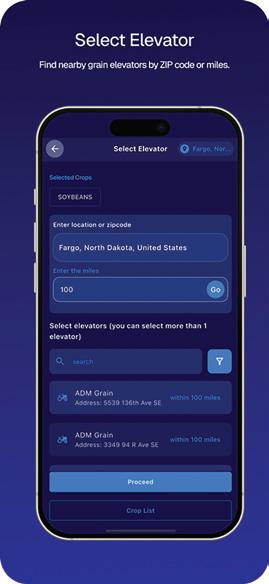

Big buttons, glove-friendly tap targets.
Simple navigation tuned for sunlight and dust.
No fluff: only the variables growers said they actually use.
QA Farmer didn’t start in a boardroom. It started in the back of Kris Poulson’s mind years ago. Poulson grew up on a family farm near Casselton, ND, and went on to build ag software companies, including Sentera, which sold to John Deere. Despite years of working with corporate agriculture, one question nagged him: Why wasn’t anyone building something truly simple for farmers themselves?
When he stepped in as CEO of FarmQA 18 months ago, the opportunity aligned.

FarmQA’s existing platform already powered agronomy workflows across North America. Farmers were indirectly connected through their advisors. Poulson saw the gap—and the bridge.
“No one else was going to do it,” Poulson said. “So we did. This app is built to make farmers’ days easier, while tying back to the advisors who serve them.”
The QA Farmer team didn’t just sketch wireframes in Fargo. They hit the road.
Over 50 demos with producers, plus 15 farm families on early access, shaped what made the cut.
“This was built by farmers, for farmers. Every feature was purpose-built with their feedback,” Poulson said.
Unlike many agtech apps that launch half-baked and chase features, QA Farmer’s roadmap is lean by design. Poulson and director of marketing Camille Grade emphasize: what’s here today is the core.

“No one else was going to do it, so we did. This app is built to make farmers’ days easier, while tying back to the advisors who serve them.”

“When the iPhone came out, people said, ‘I already have a phone, calculator, and MP3 player. Why do I need this?’ But putting it together in one place changed everything, Poulson said. "That’s what QA Farmer does for farming.”


The app doesn’t invent new tools. Instead, it fuses the essentials—weather, markets, bins, agronomy — into a single, farmer-friendly dashboard. In a world where minutes matter, the consolidation is the innovation.
Farmers aren’t sitting at desks. They’re juggling roles in the most unpredictable manufacturing environment on earth— outdoors. Rain, hail, or geopolitics can upend a season overnight. QA Farmer doesn’t try to control the uncontrollable. It simplifies the controllables: what’s in the bins, what’s happening in the sky, what price to sell at, and whether it’s safe to spray.
Give it a try!





By Grand Farm
The 2025 Field Trials and Startup Plots at Grand Farm’s Innovation Campus in Casselton, ND, bring together a diverse group of innovators dedicated to advancing agricultural technology. This year, 33 field trials are being managed by 18 partners, featuring breakthrough technologies across soil health, bio-inputs, crop protection, sensor technology, and more. Building on the success of last year’s Startup Plots, this season welcomes an expanded lineup of emerging companies eager to validate their innovations in real-world farming conditions.



Using Crophesy LS-N to track water and nitrate movement through the soil in real time in corn, aiming to improve decisions around nutrient management.
Type of Technology: Equipment/Sensor Technology
Crops: Corn (ND), Cotton (GA) aquaspy.com

Testing their RNA analysis technology to detect crop issues before they become visible to help growers respond proactively with fewer inputs.
Type of Technology: Equipment/Sensor Technology
Crop: Corn cropdiagnostix.com

Assessing how Earnest Ag’s seed treatment products from native prairie bacteria impact soybean production.
Type of Technology: Bio-Inputs
Crops: Soybeans (ND), Cotton (GA) earnest.ag



Testing IMIO’s Re-Gen biological product designed to break down corn residue and boost soybean yield and phosphorus uptake.
Type of Technology: Bio-Inputs
Crop: Soybeans
imio.co
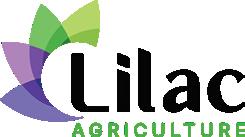
Trialing their bioengineered bacterial seed treatments on corn and soybeans to reduce nitrogen fertilizer needs and reduce nitrogen runoff.
Type of Technology: Bio-Inputs
Crop: Corn, Soybeans lilac.ag
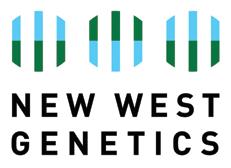
Testing the performance of New West Genetics’ cereal hemp hybrids against non-hybrids in the Red River Valley.
Type of Technology: Breeding Research
Crop: Hemp newwestgenetics.com



Testing their foliar-applied micronutrient nanofertilizers against conventional products to validate improved nutrient delivery and safety to crop tissues.
Type of Technology: Crop Nutrition
Crop: Soybeans prospect.ag

Demonstrating their Source and Blueprint products to boost nutrient and water uptake through activating soil microbes and extending the root zone.
Type of Technology: Crop Nutrition
Crop: Corn sound.ag




Showcasing ADM’s pinto and black bean varieties in the nation’s top dry bean producing region.
Type of Technology: Crop Demonstrations
Crop: Dry Beans adm.com

Investigating how adding barley to a soybean-corn rotation impacts soil health in tiled and non-tiled fields, and collaborating with Pivot Bio to test ReturN on barley.
Type of Technology: Crop Rotation, Drain Tile
Crop: Barley, Corns anheuser-busch.com

Demonstrating herbicide and adjuvant combinations on five crop types.
Type of Technology: Crop Protection
Crop: Wheat, Corn, Field Peas, Canola, Oat chsinc.com



Enabling rapid testing and validation of smart sensors and photonics.
Type of Technology: Equipment/Sensor Technology
Crop: Soybeans, Wheats headwaterstechhub.com

Evaluating long-term crop rotation for sugar beet production while looking for new technologies to measure and track crop health, fertility, and weed control.
Type of Technology:Crop Rotation, Drain Tile
Crop: Sugarbeets, Soybeans, Corn, Wheat, Rye kws.com

Testing the performance of New West Genetics’ cereal hemp hybrids against non-hybrids in the Red River Valley.
Type of Technology: Bio-Inputs
Crop: Corn pivotbio.com



JUAN OSORNO, DEPT. OF PLANT SCIENCES, IN CONJUNCTION WITH USDA-ARS MANDAN
Comparing the performance of three dry bean types under tiled vs. non-tiled conditions and evaluating zinc soil availability and plant uptake.
Type of Technology: Breeding Research, Drain Trial
Crop: Dry Beans
Testing no-till planting technology through corn residue levels by assessing soybean performance and sustainability outcomes.
Type of Technology: Equipment/Sensor Technology
Crop: Soybeans
Investigating the use of hyperspectral imagery to detect and robots to remove herbicide-resistant weeds.
Type of Technology: Equipment/Sensor Technology
Crop: Sugarbeets, Soybeans
Evaluating pre- and postemergent herbicides to control water hemp in spring wheat.
Type of Technology: Crop Protection
Crop: Wheat



Providing a full-scale corn field that partners can use to evaluate drone and satellite imagery for AgTech advancement.
Type of Technology: Equipment/Sensor Technology
Crop: Corn sb-b.com

Grand Farm will create a Sensor Sandbox, an environment to demonstrate and showcase IoT sensor technology such as weather stations, soil moisture sensors, soil nutrient sensors, cameras, and disease & pest detection.
Type of Technology: Equipment/Sensor Technology grandfarm.com

Evaluating Sclerotinia basal stalk rot resistance for experimental sunflower germplasm lines.
Type of Technology: Breeding Research
Crop: Sunflowers ars.usda.gov



While the importance of the agricultural sector can’t be understated, ag businesses are affected just as much by marketing trends as less vital industries. As the world becomes increasingly digital with ever-evolving tools and tactics, companies must continually adjust their marketing strategies to stay ahead of the curve.
Whether it’s a farm equipment manufacturer, a distributor or a service provider, every business benefits from an effective marketing strategy to grow its brand, attract new customers while strengthening existing ones and drive sales.
Here are a few key marketing tactics to consider.
By Aaron Boerner, Content Director, IRONCLAD Marketing
Consumers are increasingly online and connected, no matter the industry. Being aware of how to reach those potential customers can be a valuable tool in the toolbox. There are a number of reasons digital marketing is growing more important.
Although brand awareness tactics are all valuable, some aren’t measurable. That isn’t the case with digital marketing. Email open rates, the number of people who have seen a digital ad, website visitors — all of these numbers and return-on-investment numbers are easily available with most campaigns. Businesses can use those numbers to recognize success of their campaigns and leverage them in other areas of their marketing strategy and business.
Targeting tools allow ads to be sent to particular demographics, people who walk into specific locations or to people who have visited particular websites to follow them as they go elsewhere on the web. Targeted digital ads let a brand reach the customer where they are, increasing awareness so they are top of mind.
Digital marketing can pair particularly well with content.
The phrase “content is king” continues to be true as it provides many tangible benefits. Content can be a significant driver in bringing people to a website. Blog articles or FAQ pages optimized for search engines with the right keywords can capture the search traffic of people looking for solutions to their challenges.
Additionally, people are drawn in more by stories than just specs or features. Look for a successful existing customer and create written or video testimonials surrounding them and their use of the product or service. Testimonials with successful outcomes or innovative applications help potential customers relate to the product or service by helping them envision how it could fit into their operation.
Whether written or video, testimonials are often effective with this approach with information coming from quotes or straight from the customer on video:
- Initial challenge - Search and discovery of solution (your product) - Integration of the solution - Details of success using the product, including quantifiable stats, productivity percentage improvements, etc.
Content can also serve to connect a business to customers.
Social media platforms are an opportunity to share content and to connect with customers, both current and those considering purchasing. Websites like Facebook, Instagram, LinkedIn and more can amplify case studies and blogs or promote products and services while engaging with users.
Consider creating a strategy and “voice” for the brand. Having something written down takes some of the guesswork out of posting and provides consistency. Vary the types of posts for maximum effect. Instead of only promoting a product’s features and benefits, ask customers to share photos or stories of their own involving the brand. For example, farmers who are proud of a particular farm implement may be eager to share a photo from the field.
Behind-the-scenes content from a factory floor, as an example, can also be effective. But often, the most popular post types involve people. Employee celebrations or retirements, customer features or mentions, all of these tend to rack up “likes” and comments on social media.

The most important tip is to develop a strategy. Instead of seeding a variety of different tactics and hoping they grow in harmony, think ahead to make sure one tactic leads to another in determining the best audience, capturing the attention of potential customers, and drawing them in to learn about and eventually buy the product. If that sounds daunting, consider working with a marketing partner with industry experience to help pave the way. A solid strategy and support will go a long way towards growing a thriving business. Connect with IRONCLAD Marketing!

Access to adequate water is a limiting factor for cattle in most grazing systems.

Many ranchers in the region still depend on surface water sources, such as dugouts and stock dams, to provide water for grazing livestock. Access to good-quality water will continue to be a challenge for ranchers in North Dakota this spring, according to Miranda Meehan, North Dakota State University Extension livestock environmental stewardship specialist.
Provided by NDSU Agriculture Communication – April 11, 2025
“Due to drought conditions and low spring runoff, many livestock water sources have either dried up or may be toxic to livestock,” says Meehan.
Water quality impacts cattle intake and weight gain. Studies have reported improved gains by as much as one-quarter of a pound per day in yearlings and one-third of a pound per day in calves drinking goodquality water.
When surface waters become low, the mineral component of the water becomes more concentrated because minerals do not evaporate with the water. Of particular concern are increased concentrations of total dissolved solids (TDS) and sulfates, which can be toxic to livestock. For most classes of grazing livestock, the TDS in the water should be less than 5,000 parts per million (ppm).
Sulfate is part of the TDS. The recommended concentration should be less than 500 ppm for calves and less than 1,000 ppm for adult cattle. High levels of sulfate can reduce copper availability in the diet. Elevated levels of sulfates may cause loose stool, whereas very high levels of sulfate can induce central nervous system problems.
Water quality screenings conducted by NDSU Extension agents in the fall of 2024 found many water sources to have potentially toxic levels of sulfates, especially in western North Dakota.
In preparation for the upcoming grazing season, Meehan encourages monitoring water quality and evaluating alternative water options. She recommends a couple of tools to aid in monitoring water quality: a hand-held TDS meter and sulfate test strips. Both these tools
are affordable and easy to use. If the screening indicates the TDS is greater than 4,500 ppm and/ or sulfates are greater than 800 ppm, submit a sample to a lab for additional analysis.
If you have encountered water quality issues in the past, Meehan says to evaluate and consider developing an alternative water source.
“Installing a water development plan can help ensure that livestock can access good-quality water throughout the grazing season and increase a ranch’s drought resilience,” says Meehan.
For more information on livestock water quality, contact your local NDSU Extension office or scan the link below!

An NDSU Extension agent demonstrates how to use a TDS meter to screen a livestock water source.


The deadline to apply for NDSU Extension's Rural Leadership North Dakota Class XI is June 1. photo provided by NDSU

North Dakota State University Extension’s RLND program is open to applications to the next 18-month leadership development seminar series.
North Dakota State University Extension’s Rural Leadership North Dakota program is now accepting applications for its 11th class, Class XI, set to begin in November 2025.
Provided by NDSU Agriculture Communication – March 27, 2025
The 18-month leadership development program includes seven in-state seminars, which will feature expert speakers and tours of agricultural and community businesses, as well as three out-of-state trips. Participants will travel to Washington, D.C. and Minneapolis, Minnesota, in 2026 to engage with agricultural, business and government leaders. Additionally, the class will embark on an international study seminar in 2027 to explore global agricultural and community issues. Previous classes have visited Brazil, Costa Rica, Panama, Thailand, Vietnam, Chile, Spain and Ghana.
Since its inception over 20 years ago, RLND has helped develop agricultural and community leaders across North Dakota.
The RLND program focuses on leadership skills such as critical thinking, effective communication, selfawareness, decisionmaking, strategic planning and conflict management. Participants gain
insights into agricultural and rural policy, economic trends, funding strategies for local development projects, marketing, civic engagement, coalition building, industry advocacy and legislative processes.
“Rural Leadership North Dakota is the premier statewide leadership program in North Dakota,” says Katie Tyler, program director and Extension specialist for RLND. “If you are looking for an opportunity to grow as a leader, broaden your perspective and make a lasting impact on your community and state, we encourage you to apply for Class XI.”
Tuition for Class XI is $4,500, which covers most meals, lodging and travel expenses like bussing for in-state seminars and airfare for out-of-state trips. Participants are responsible for their travel costs to instate seminars and departure points for out-of-state trips.
The application deadline for RLND Class XI (202527) is June 1, 2025.
Applicants must have been North Dakota residents for at least one year and be able to attend all seminars.
To apply or nominate someone for RLND Class XI, scan the QR code below, email ndsu. ruralleadership@ ndsu.edu, or call 701231-5640. Follow RLND on Facebook for updates and alumni stories.

Since 2003, over 175 people from 87 communities in 41 counties have participated in the RLND program.

arming has been at the heart of human civilization for thousands of years, and even today, it remains one of the most vital industries in the world. While most people think of farming as simply planting seeds and harvesting crops, the reality is much more fascinating. Here are some surprising and eye-opening facts about farming.
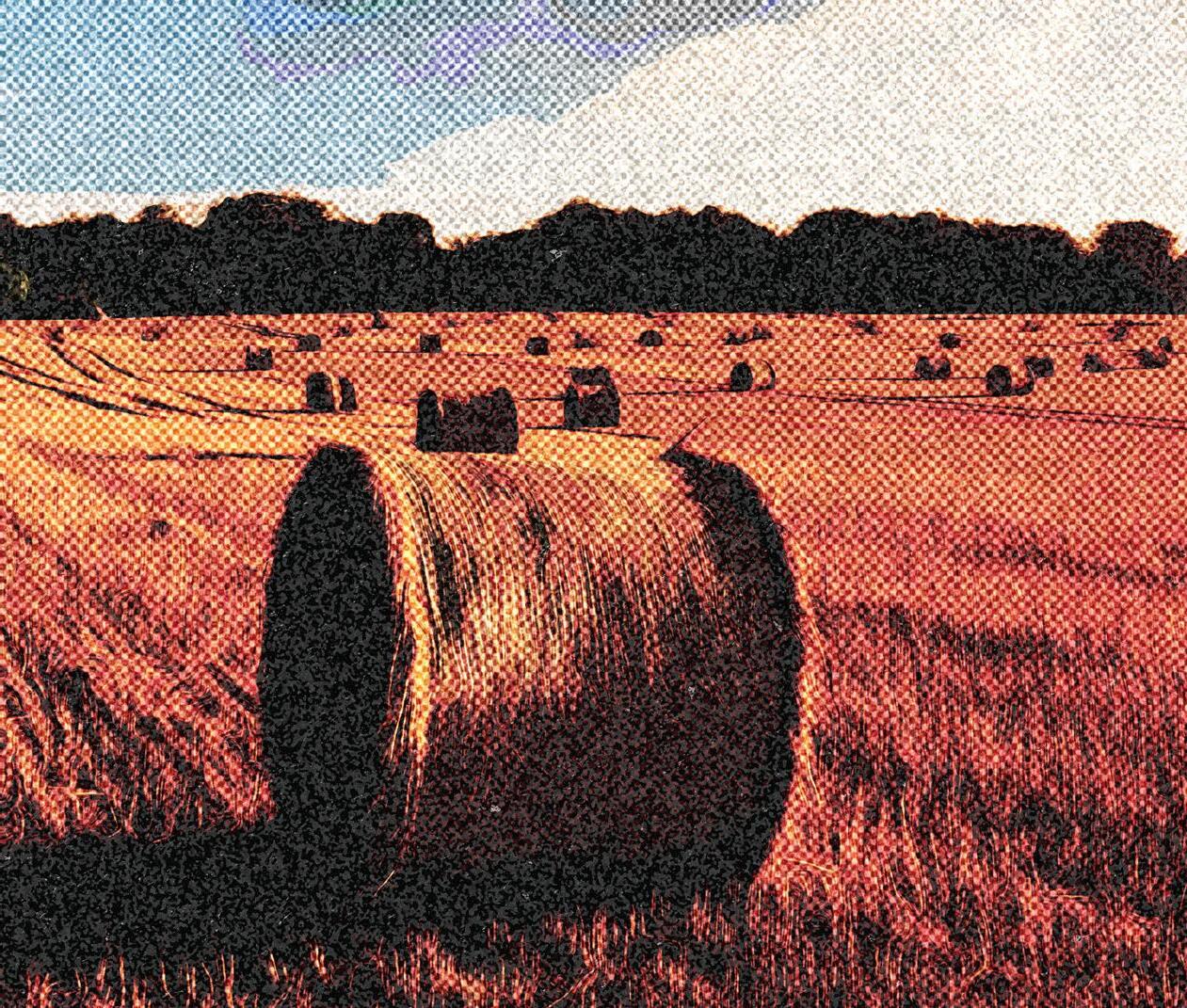
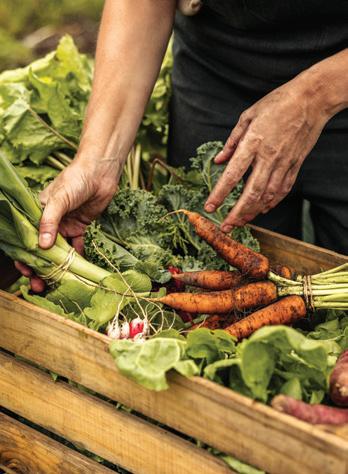
isn’t just food—it’s also used in thousands of products, from toothpaste to fireworks.

Roughly one farmer in the U.S. today produces enough food to feed over people worldwide. 160 of Earth’s land is used for agriculture.
In the U.S., there are more than Farms, but the average farmer is now nearly 60 years old. 2 Million
have best friends. Studies show they become stressed when separated from their preferred companions.
Agriculture provides employment for more than people globally, making it the largest source of jobs on the planet.
1 billion

38%

1/3
of the food we eat depends on pollination.

Sheep can remember faces for up to 2 Years

re surprisingly intelligent—they can recognize over 100 faces, both human and animal.
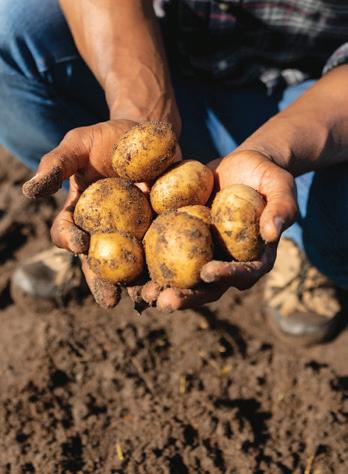
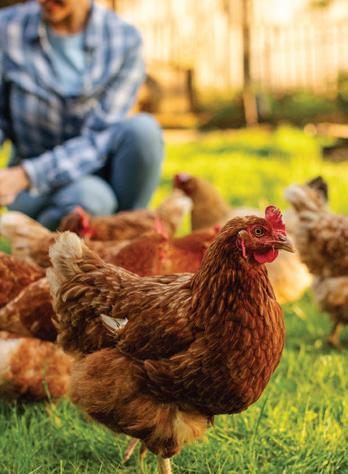
2,700
The world’s largest pumpkin weighed over pounds, heavier than a small car.
Potatoes were the vegetable grown in space (aboard the Space Shuttle Columbia in 1995).
The earliest known farming tools date back over years. Early humans shifted from hunting and gathering to cultivating crops like wheat and barley.
12,000


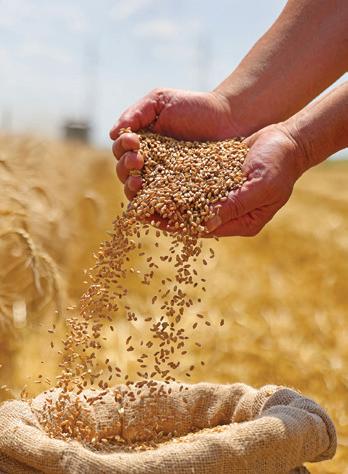
The world’s top three crops are corn, wheat, and rice— together, they account for more than of all calories consumed by humans. 40%

Agriculture uses about of the world’s freshwater supply. 70%
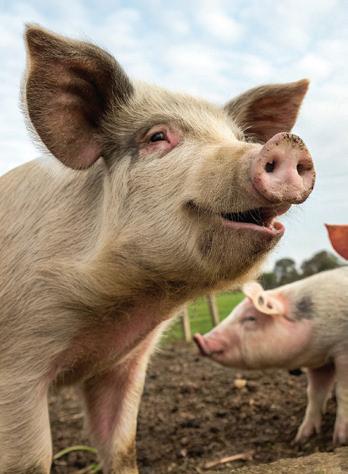
A single cow can produce about of milk per day, adding up to over 2,300 gallons per year.
6.5 gallons are excellent swimmers and are considered one of the most intelligent farm animals.
There are over people worldwide working in agriculture, making it one of the most important global industries.
800 Million
were originally purple, yellow, and white—orange carrots were bred in the Netherlands in the 17th century.



BY BRADY DRAKE
arming has always been about adaptation. Generations of farmers have weathered droughts, floods, market swings, and shifting technologies, each era requiring new strategies to stay productive. Today, agriculture faces some of its greatest challenges yet—climate extremes, rising input costs, and rapid technological change—but also some of its biggest opportunities. By blending time-tested practices with new innovations, farmers can build operations that are both resilient and profitable.


Healthy soil is the foundation of every farm, but in recent decades, intensive tillage and chemical-heavy systems have left many fields vulnerable to erosion and nutrient loss. That’s where regenerative agriculture comes in—not as a buzzword, but as a practical set of tools designed to rebuild soil health while keeping operations competitive.
Cover crops are often the first step. By planting cereal rye, radishes, or clovers after harvest, farmers can hold soil in place through the winter, build organic matter, and even reduce fertilizer needs in the following season. While the upfront costs may run between $15 and $30 per acre for seed and establishment, studies and farmer-led trials show that by the second year, nitrogen savings alone can offset much of that expense. In practical terms, cutting 20 pounds of nitrogen per acre at today’s prices can save more than $15 per acre—while also boosting soil structure and water infiltration.
The key to making regenerative practices profitable is to start small and measure results. Farmers who pick a single field, track water infiltration rates, and compare yields side by side often find that the benefits compound over time. As premiums for regeneratively grown products become more common, there may also be new revenue streams waiting in the marketplace.


For many farmers, “precision agriculture” conjures images of expensive hardware and complex software. But today, even small operations can adopt entry-level tools that deliver real returns without requiring massive investments.
Drones, once considered high-tech novelties, are now affordable and practical. A $1,500 drone equipped with a basic camera can scout 100 acres in under an hour, pinpointing weed outbreaks, drainage problems, or crop stress that would take days to spot on foot. Similarly, subscriptionbased satellite imagery services allow farmers to track plant health indices like NDVI, highlighting problem areas before yield losses set in. The return isn’t just in saved time—it’s in avoiding whole-field treatments when only a few acres truly need attention.
Soil moisture sensors are another quietly transformative tool. Even in non-irrigated regions, they provide valuable data for timing fertilizer applications, showing when crops are at risk of drought stress or when soils are saturated. In irrigated systems, the savings can be dramatic: studies show that scheduling irrigation based on soil moisture sensors can reduce water use by up to 20 percent without sacrificing yield.
What matters most is not having the latest gadget, but adopting technology that addresses specific pain points. A GPS-guided planter that reduces overlap, a drone that scouts in-season trouble spots, or a few strategically placed moisture probes—each of these can deliver a return that justifies its cost many times over.
For decades, many farmers have been tied to the commodity system—selling grain or livestock into global markets where prices swing with factors far beyond their control. But a growing number of producers are carving out alternative revenue streams by stepping closer to the consumer.
Community Supported Agriculture (CSA) programs, for example, allow small and mid-sized growers to sell seasonal shares of produce directly to families. The model provides predictable cash flow at the start of the season and fosters strong relationships with customers who come to value not just the food but the farmer behind it. Livestock producers are also finding success marketing quarters, halves, or whole animals directly to consumers. By arranging processing in advance and requiring deposits, they protect their cash flow while delivering a product that can command higher margins than traditional livestock markets.
For row-crop farmers, niche markets are becoming more accessible as well. Identity-preserved contracts for nonGMO soybeans, food-grade corn, or specialty grains like oats and barley are on the rise. These often require careful storage and handling, but the premiums—sometimes $1 to $3 per bushel above commodity prices—can make the extra effort worthwhile. The common thread in all these ventures is the importance of building trust. Whether it’s a CSA family or a specialty grain buyer, relationships matter as much as yields.
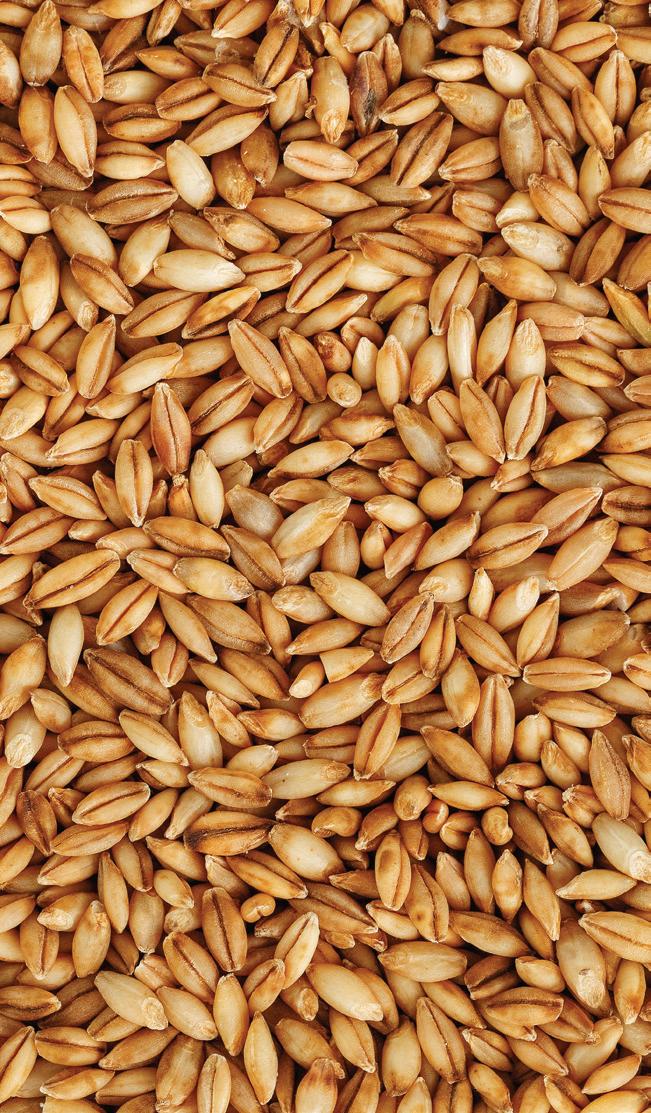

One of the biggest misconceptions in agriculture is that traditional bank loans are the only option for funding improvements. In reality, a wide variety of grants, cost-share programs, and non-bank lenders are available to help farmers adopt new practices or build new enterprises.
Federal and state conservation programs often cover 50 to 75 percent of the cost for things like fencing, rotational grazing systems, or cover crop seed. Renewable energy incentives can offset the installation of solar panels, energy-efficient motors, or methane digesters. While the paperwork can be daunting, many local conservation districts and extension offices have staff dedicated to helping farmers navigate applications.
Beyond government programs, nonbank lenders such as Community Development Financial Institutions (CDFIs) and regional loan funds are playing a bigger role. These groups often offer more flexible repayment terms and are willing to support projects—like on-farm processing or agritourism—that traditional lenders may view as risky. For farmers looking to diversify, these programs can be the difference between an idea and a reality.
The smartest approach is to maintain a one-page summary of your farm operation, financials, and project goals. Having that ready makes applying for grants or alternative financing far quicker, turning what might seem like a bureaucratic hurdle into a practical business step.
CDFIs are specialized lenders that focus on providing credit and financial services to underserved communities, including rural areas and farmers who may not qualify for traditional bank loans. Backed by federal certification and often supported through partnerships with local governments and nonprofits, CDFIs are designed to be more flexible than conventional banks. They frequently offer lower down payments, longer repayment terms, and technical assistance to help borrowers succeed. For farmers, this can mean access to financing for equipment, land improvements, value-added ventures, or conservation projects that a commercial bank might consider too risky. At their core, CDFIs aim to strengthen local economies by reinvesting in the people and businesses that keep communities thriving.



